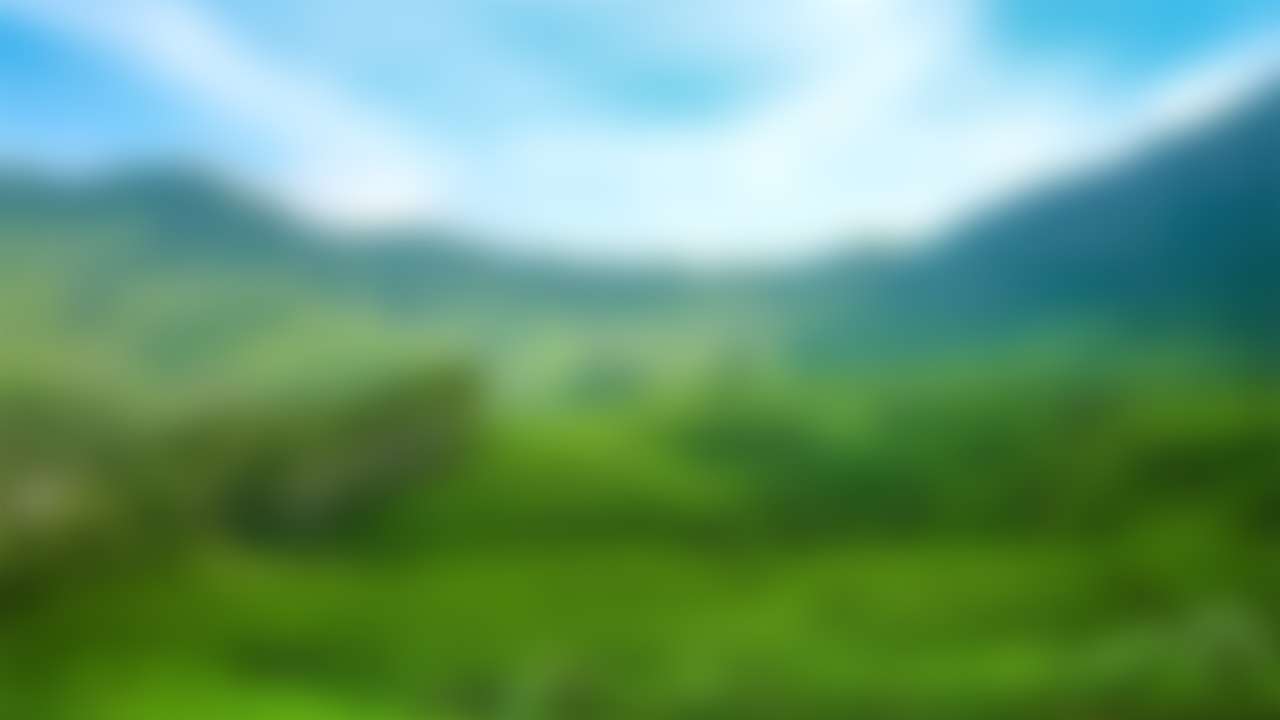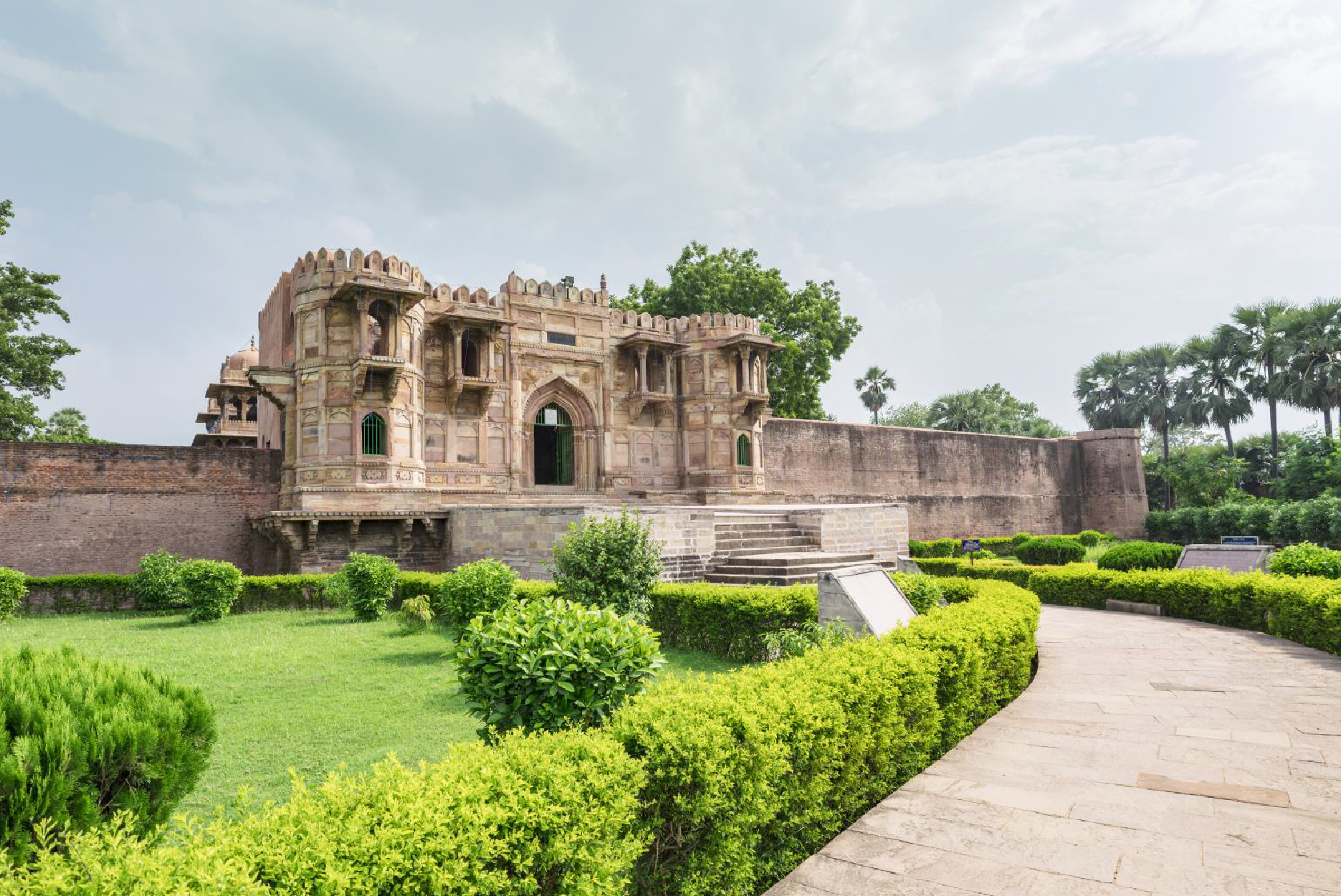
Sorry, we couldn't find anything that matches your search.
Destination

Famous Places to Explore in Hyderabad
A vibrant city with the imposing...

Raipur Tourist Places | Best Place to Visit
The stronghold of several erstwhile...

Ahmedabad
Declared as India's first UNESCO World...
#
Patna Museum
Patna Museum sits in a calm, green garden and is an ideal place to reflect and learn about the grand history of the city. Built during the British era, the museum houses a splendid collection of Mauryan and Gupta stone sculptures, some beautiful bronze Buddhist statues and early 19th century landscape paintings by Thomas and William Daniells.

Jalan Museum
Jalan Museum, also called Qila House, is built on the foundations of the fort of Sher Shah Suri. It houses the private collection of the Jalan family and some of its famed exhibits include a dinner service set that belonged to George III, Napoleon’s four-poster bed, Marie Antoinette’s Sevres porcelain, and several fine examples of Chinese jade and Mughal silver filigree artwork. Prior permission is required to visit the museum.

Gandhi Smarak Sangrahalaya
The Gandhi Smarak Sangrahalaya, which is also known as the National Gandhi Museum, is located to the north of Gandhi Maidan on the Ashok Raj Path in Patna. In June 1965, a white statue of Mahatma Gandhi was inaugurated at this spot. The museum showcases a picture gallery depicting the life of Gandhiji, a library hall, a conference hall as well as a Gandhi Sahitya Kendra.

Gandhi Ghat
While there are several ghats (stepped banks of a river) on River Ganges in Patna, the Gandhi Ghat is the most popular. It is named after the great leader of the freedom struggle of India, Mahatma Gandhi, whose ashes are believed to have been immersed in Ganga from this ghat. Every weekend, the ghat comes alive as the evening arti (a ritual performed with lamps) of the river is conducted here. Priests dressed in saffron robes, perform the arti, along with prayers and songs. The start of the arti is marked by the blowing of a conch shell.
Visitors can also enjoy boat rides at the ghat. The Bihar State Tourism Development Corporation (BSTDC) runs a river cruise ship, the MV Ganga Vihar, from here. Watching the ritual of the arti unfold from the ship or any hired boat is a memorable experience.

Indira Gandhi Planetarium
The Indira Gandhi Planetarium, also known as Taramandal (or a circle of stars) and Patna Planetarium, is one of the largest planetariums in the country. It showcases many exhibits relating to astronomy and galaxies, along with film shows on astronomy throughout the day. The planetarium boasts a state-of-the-art auditorium, meeting halls, workshop zones and exhibition rooms. There is a dome-shaped projection screen on which the films are screened. The audience needs to look up to see films about the night sky, the stars and the planets, making for a mesmerising experience. These scientific documentaries, about the creation and evolution of planet earth and other celestial bodies are accompanied by good-quality sound systems to enhance the impact. These regular film shows are held four times every day - at 12.30 pm, 2 pm, 3.30 pm and 5 pm. They are known for their educational value besides providing entertainment. Open to general public, the sky theatre where these films are screened has a seating capacity of 276 people. The Indira Gandhi Planetarium is situated inside the Indira Gandhi Science Complex which organises regular seminars and exhibitions, adding to the attractions in the area.
While the foundation stone was laid in 1989, the planetarium was officially inaugurated in 1993 by Lalu Prasad Yadav, who was the chief minister of Bihar at that time.

Sanjay Gandhi Biological Park
The Sanjay Gandhi Biological Park or the Sanjay Gandhi Jaivik Udhyan, popular as Patna Zoo, is located at Bailey Road in Patna. Considered the green lung of the city, it was established in 1969. Counted among the largest zoos in the country, it is home to approximately 800 animals of different species as well as numerous varieties of plants and trees. Besides, there is a big pond in the middle from which several jungle trails start, winding through the park. Together, they make this park an exciting and fun exploration experience for people of all ages.
The total area of the Sanjay Gandhi Biological Park is approximately 153 acre and it is virtually impossible to see the entire park in a single visit. The park is famed for being home to the royal Bengal tiger, besides species of colourful birds, chimpanzees, the one-horned rhinoceros, lions, giraffes, zebras, elephants, a variety of monkeys, deer and hippopotamuses etc. The total wildlife count includes 338 types of mammals, 355 species of birds, and 471 types of reptiles.

ShriKrishna Science Centre
A part of the National Council of Science Museums, the ShriKrishna Science Centre is Bihar’s only regional-level science centre, and also the country’s first. It was established in 1978 and was named after Bihar’s first Chief Minister. Since its founding, it has been promoting the idea of “science education for all” through non-formal means of instruction. It lies towards the south-east of Gandhi Maidan, in a quiet lane. The beautiful garden that lies alongside is also designed to showcase some principles of science.
At the entrance is a large and colourful display board with the rotating blades of a windmill prototype and echoes of dinosaur calls. One can see the time based on the location of the sun in the Sun dial at the entrance. Each of the three floors of the main building are dedicated to a specific themes related to science. In the Fun Science Gallery on the ground floor, one will come across several kinds of equipment demonstrating scientific principles. The energy ball, for instance, demonstrates the conversion of energy from one form to another with the help of balls that roll, turn wheels, hit bells and create melodies on a xylophone. Other exhibits include organ pipes, curving train and infinite train, magic tap, lazy tubes, illusive sphere, momentum multiplier etc. There is also a workshop and a conference hall on this floor. The first floor has many sections including the mirror section and the ocean life section. Besides, there is a floating ball that demonstrates Bernoulli’s principle and a vortex that is based on centrifugal force. Along with an auditorium, this floor also has an exhibit of the human evolution. On the third floor are clearly demonstrated the beginning of life on earth. A 3D show is held here during the day after every two hours.

Khuda Baksh Oriental Public Library
The gorgeous Khuda Baksh Oriental Public Library is located on the banks of River Ganges, next to the bustling Ashok Rajpath. It is a national library that was opened to the public in 1891. The beauty of its exhibits is that they are one man's collection – assimilated by Mohammad Baksh and then added to by his son Khuda Baksh. Mohammad Baksh gave a collection of 1,400 manuscripts to his son, who turned them into a passion.
A special person was hired by Khuda Baksh to travel to Arab countries to source manuscripts that could be added to this collection. In 1888, he got a two-storey building constructed for 4,000 manuscripts and opened it to the general public. Today, the library is visited by scholars from across the globe in search of research material.

Sonepur Mela
The annual Sonepur Mela, one of Asia's largest and oldest cattle fairs, is held on Kartik Purnima, which generally falls in the month November, at Sonepur, around 30 km from Patna, at the confluence of Ganges and Gandak rivers. The site is regarded as holy by the Hindus and several visitors take a dip at the point of convergence and then offer prayers at the Hariharnath Temple. It is said that at the fair, horses and elephants for emperor Chandragupta Maurya's army used to be bought here.
During the ancient times, cattle traders and buyers used to come from as far as Central Asia. The 14-day fair begins with a puja (ritual) at a temple and devotees always take a bath in the river to mark the auspicious day of Kartik Purnima. Today, the stalls at Sonepur Mela sell everything from garments, furniture and toys to utensils, agricultural implements, jewellery and handicrafts. There are also local musical performances, dances and magic shows to be enjoyed. Also known as Harihar Kshetra Mela, it sees visitors from across Asia.

Madhubani Painting
Madhubani painting is a rural art form that was developed by the women of the Mithila region of Bihar. Traditionally done with rice paste and twigs, nibs or fingers, today, artists use paper and cloth for the colourful paintings. The paintings mostly depict mythological stories and earlier used to be done by the womenfolk to welcome the gods to their homes. The art form is said to have started at the time of the Ramayana, when King Janak commissioned artists to paint the proceedings of his daughter Sita’s wedding to Lord Rama. You can shop for Madhubani painted wall decor items or sarees in Patna city. In 2018, the Patna Municipal Corporation (PMC) started a drive to depict the state’s heritage with social messages on the walls of the city.








